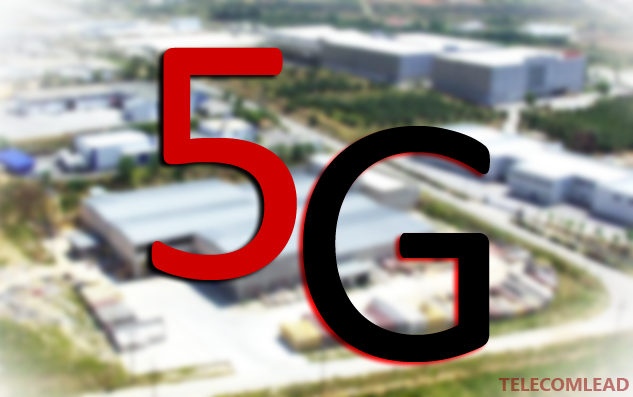
The global 5G equipment market will grow at a rate of 32.06 percent from 2016 to 2020 suggest reports from ABS Newswire.
The eagerly awaited 5G technology promises ubiquitous connectivity to all connected devices and connected applications. 5G can be crucial for real-time and reliable communication for mission-critical applications.
Backhaul integration, device-to-device communication, multi-antenna transmission, and flexible usage spectrum to perform operations at higher frequencies, are some of the key requirements of the technology.
RELATED: Mobile backhaul to see growth due to 5G and LTE-Advanced
Globally, telecom operators and service providers are currently observing a transformation in end-users and their demands.
5G is expected to generate $247 billion revenue by 2025.
Also, 8.5 million small cells will be deployed by 2020 to meet the infrastructure required for a rapid 5G millimeter wave rollout.
Mobile data services and VAS are the prime revenue drivers.
Alongside increase in demand for efficient and faster services, the demand for economic services has also gone up owing to the cutthroat competition.
This has led to the use of varying advanced Business Support Systems (BSS) and services to achieve improved operational efficiency and capability while optimizing resources and achieving high profitability.
Also optimization and efficient billing and revenue management processes have gained importance to improve profitability and achieve a competitive edge.
Shooting mobile penetration worldwide and high growth in the subscriber base in various regions has been the prime factors boosting global telecom billing and revenue management market.
High Capex (capital expenditure) involved in upgrading the existing network infrastructure and establishing new one, along with complex regulatory environment are few factors hindering the global market.
A net of 8.5 billion smart-phone users are estimated and wireless apps are expected to achieve $37 trillion revenue, by 2019.
LTE market will witness a 56 percent CAGR over the upcoming years.
More than 20 percent of all mobile connections will be LTE by 2020.
Also, TD-LTE infrastructure investments on macrocell and small cell equipment will grow at a CAGR of 15 percent over the next 6 years, to touch $13 Billion by the end of 2020.
ALSO READ: 5G service revenues for telecoms to top $247 billion in 2025
The market is composed of fraud management software, partner & interconnects management software, mediation software, and revenue assurance software.
Also, on the basis of services it is segregated into consulting services, operations services, managed services, and system integration services.
And, hybrid deployment and cloud based are the types of deployment model types in this market.
Asia-Pacific region leads the global telecom billing and revenue management market, at present.
This is mainly due to high growth of telecom industry in the last decade and increasing data consumption trend.
Also, North America and Europe wearable technology market is anticipated to be grow at a decent growth rate triggered by improving needs for advanced billing and revenue management solutions and services.
America with a market share of 43 percent led the global 5G equipment market, followed by EMEA with 36 percent and APAC with 21 percent, last year.
5G mobile subscriptions will rise to 150 million by 2021, according to Ericsson Mobility Report.
South Korea, Japan, China and the US will lead with the first, and fastest, 5G subscription uptake.
Huawei and TELUS announced the achievement of wireless speeds of 29.3 Gbps, with a speed equal to 200 times the current LTE standard.
The results were obtained during trials of 5G mobile technology at the TELUS and Huawei 5G Living Lab in Vancouver.
American wireless major AT&T conducted trials of point-to-point millimeter wave wireless technology to be used in-building wiring to deliver a 100 megabits per second connection accessible to each apartment unit.
Korean mobile service provider SK Telecom and Samsung Electronics also announced the successful testing of its 5G system at 28 GHz in the outdoor environment in Korea.
Also, Ericsson is working with more than 20 mobile operators worldwide on 5G networking and use cases, including 5G field trials in 2016.
In 2019, LTE will be the dominant mobile access technology and will reach 4.3 billion subscriptions in 2021.
Vina Krishnan
editor@telecomlead.com
